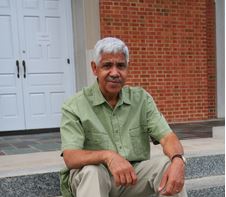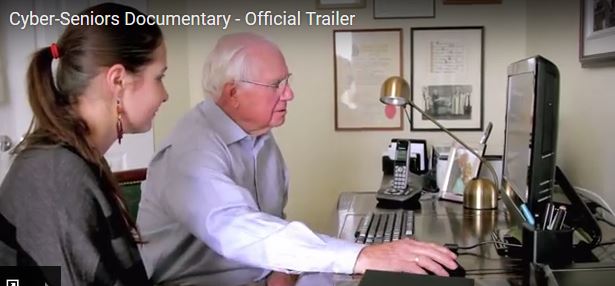Senior Citizens’ Day
A time for reflection
With new holidays and observances cropping up all the time, can be hard to keep track. But there’s one upcoming celebration not to be missed: Senior Citizens’ Day, marked each year on August 21. While thinking of ways to honor the special seniors in your life, let’s recall the origin of this important observance. It […]





